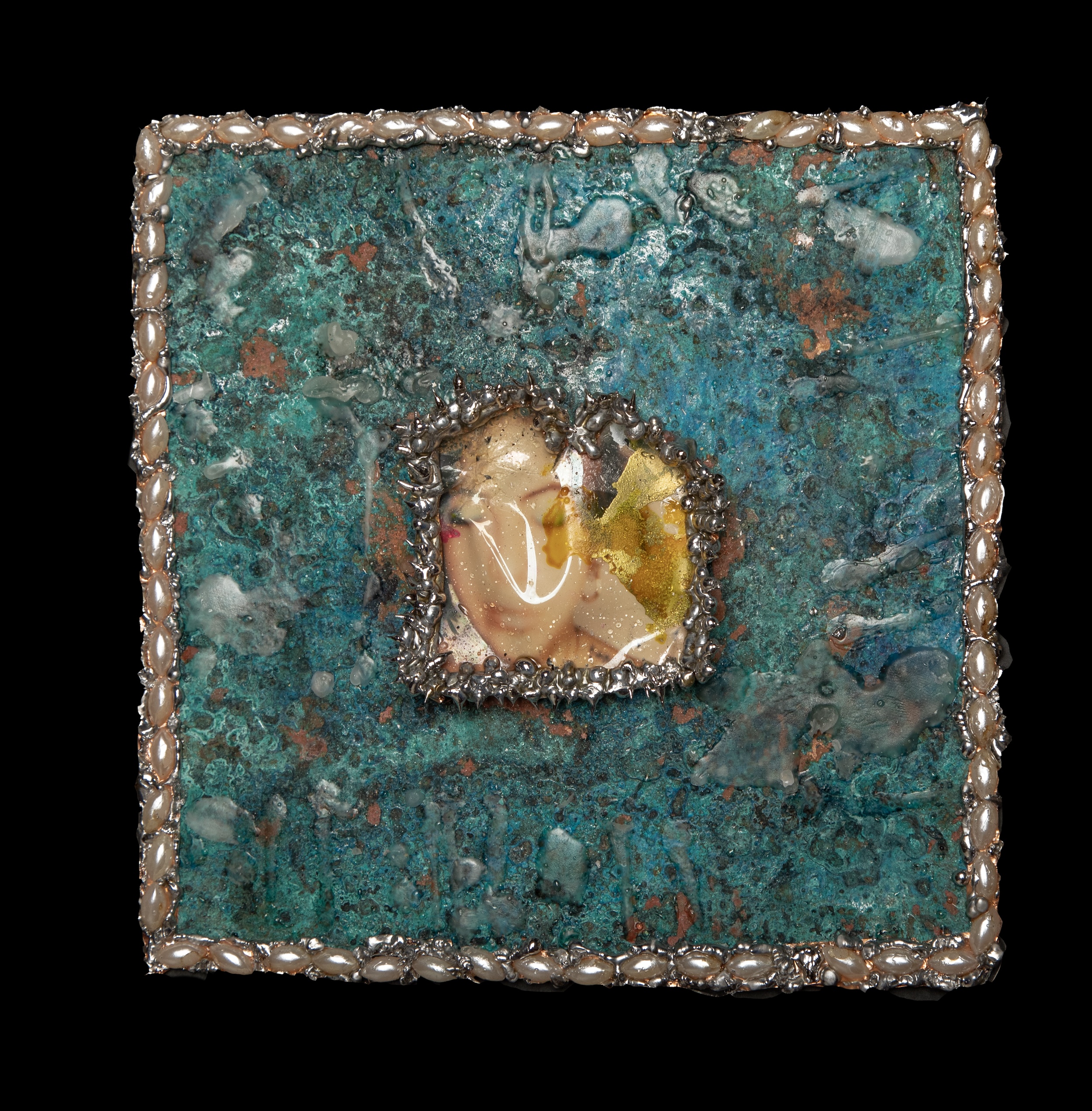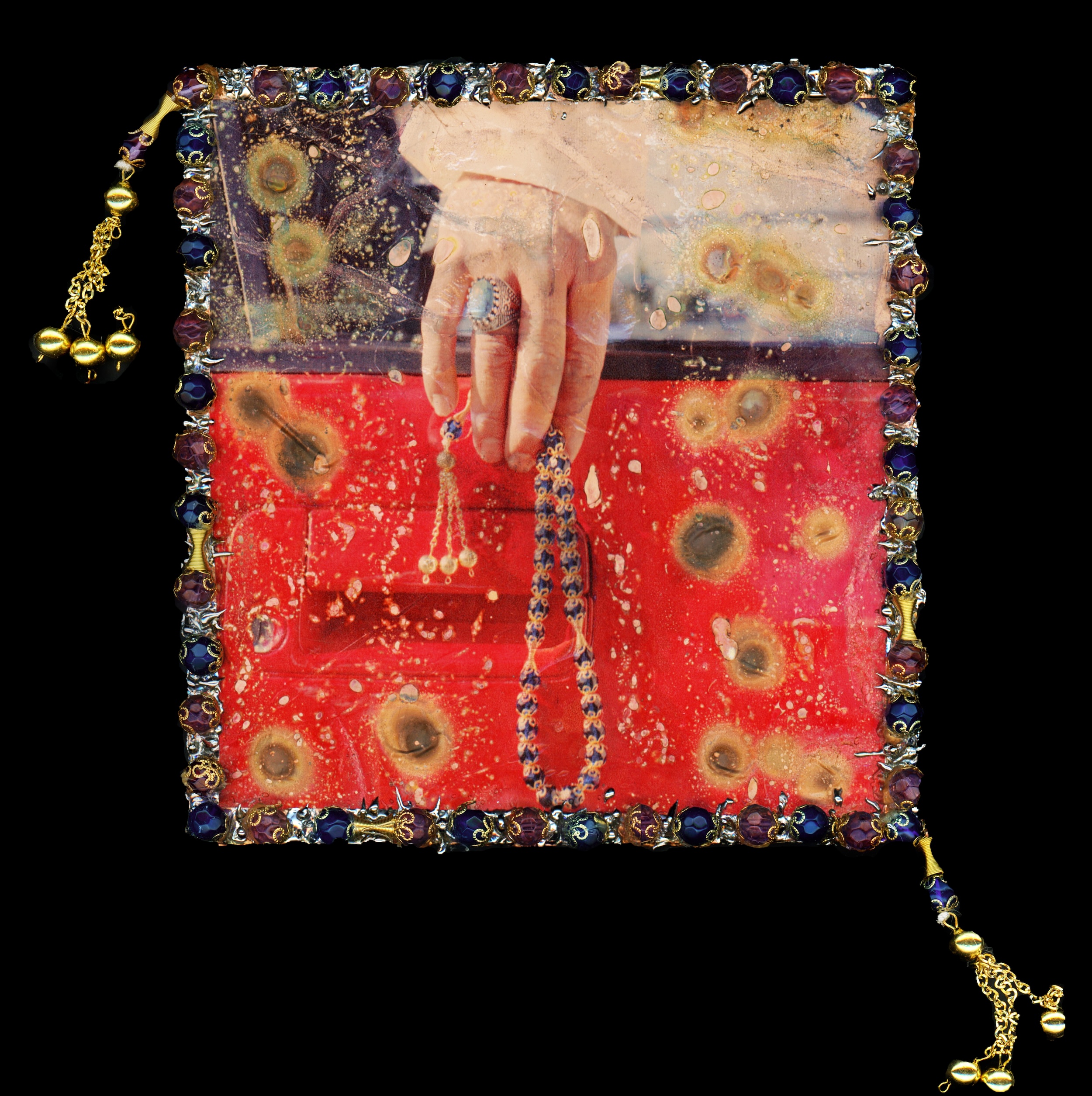Subhan © Yasmina Hilal
The Lebanese artist blends image-making into her multidisciplinary approach to achieve stylised 3D collages exploring memory and womanhood
Not all photography exists in a frame – at least, Yasmina Hilal’s frame isn’t exactly orthodox. The artist, born and raised in Beirut, Lebanon, first picked up a camera when she was inspired by her mother, who was Hilal’s “first teacher,” but her work very much extends beyond the lens. During her time at Emerson College, with a minor in photography, she experimented in the dark room by scanning, printing, and manipulating images.
For Hilal, the most exciting part about using photography as the base for collaging “is the ability to transform a simple, static image into something completely new. A photograph can take on countless meanings,” she tells me, “depending on how it is cut, rearranged, or juxtaposed with other materials. The image no longer represents a frozen moment in time, but rather becomes part of a larger story, a bigger conversation.”
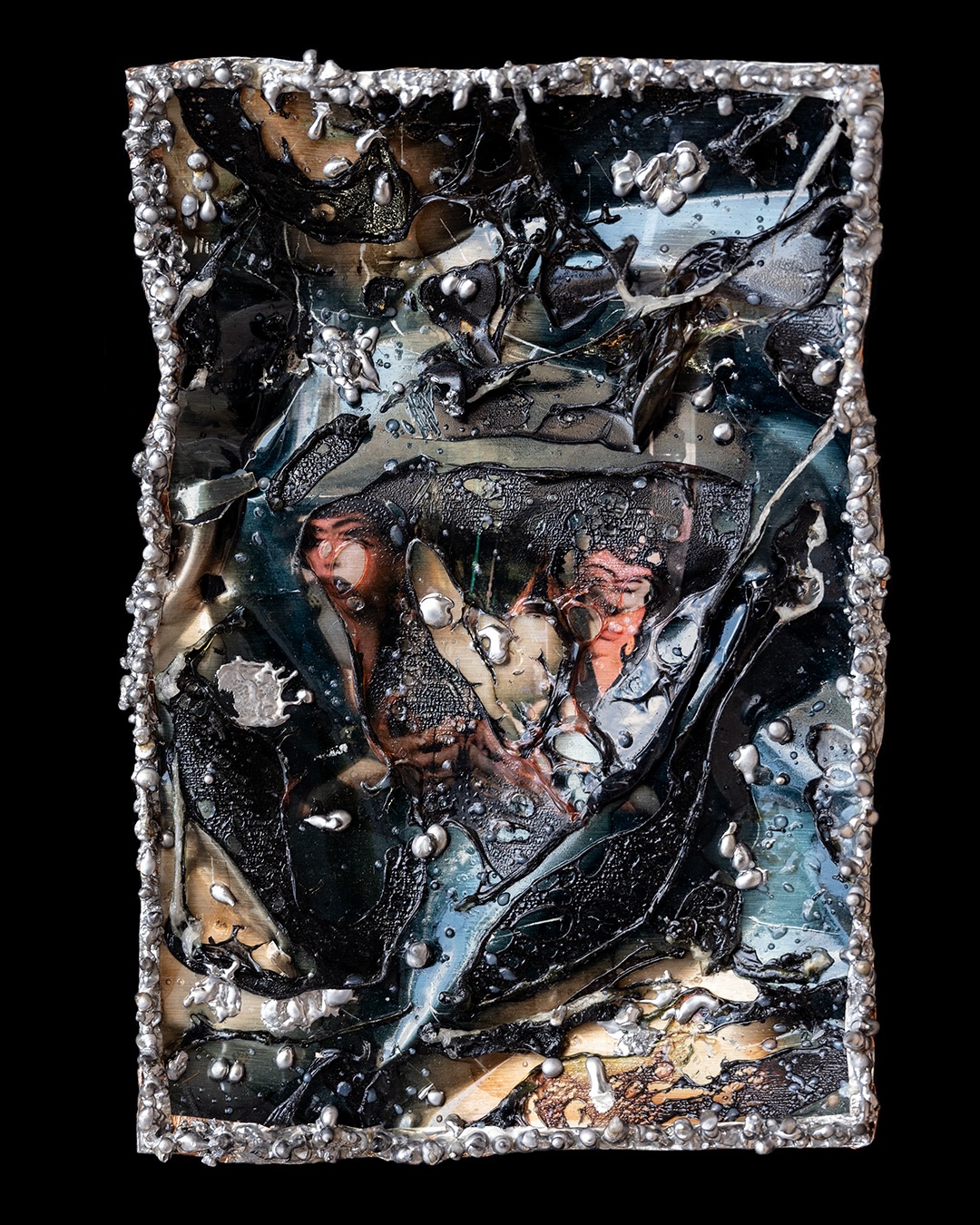
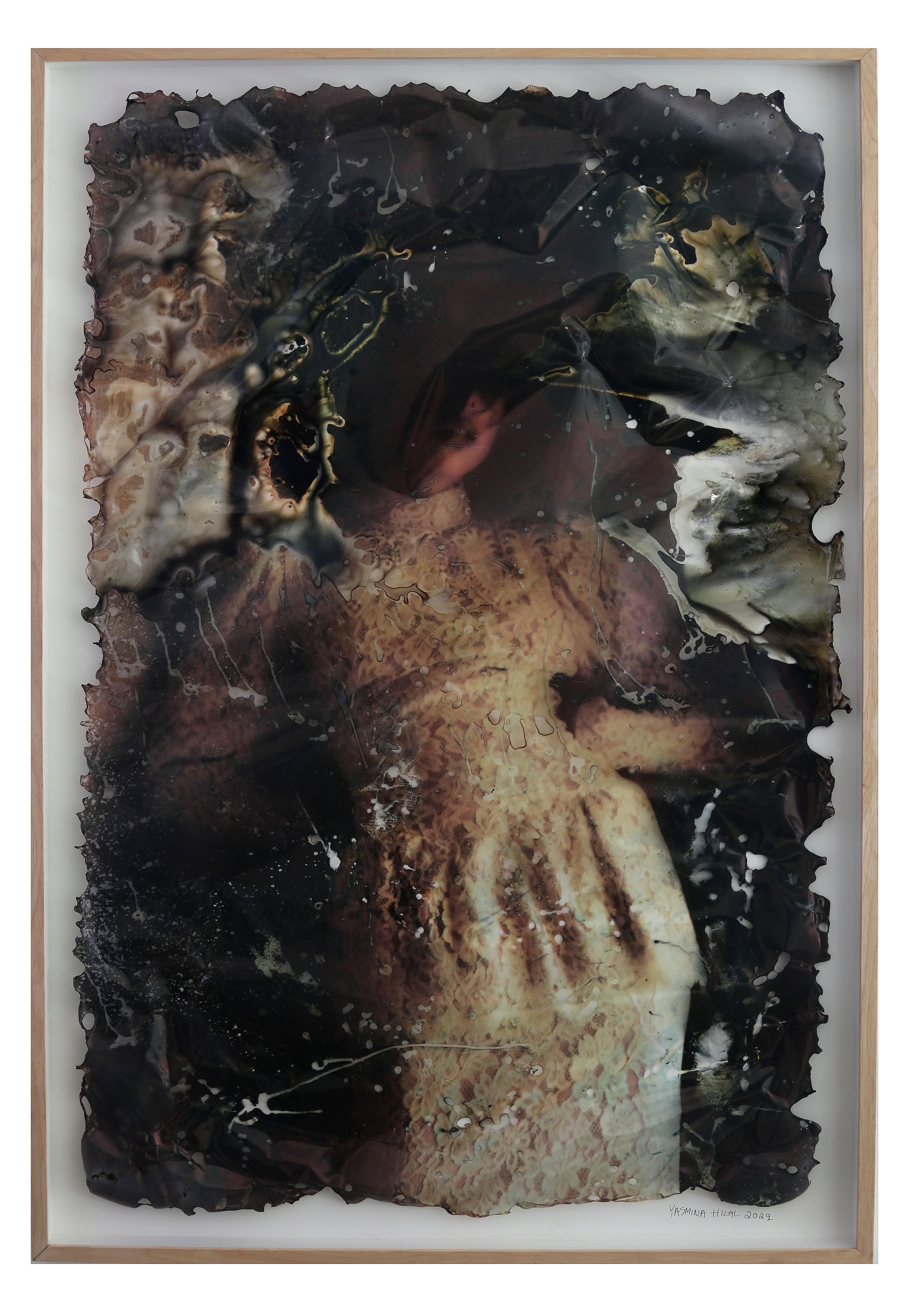
“I focus on womanhood in the Middle East, exploring the unique challenges, complexities, and strengths that define the experiences of women from my region”
Though Hilal’s work aesthetically varies, displaying a diverse technical skill set, her work features women almost exclusively and explores similar themes throughout. Her pieces also often obfuscate the subject, such as Quartet. “Objects and photographs act as vessels for memories, and through them, I try to capture the subtle shifts in time,” Hilal tells me. “The way a once-clear recollection can become distorted, yet still holds significant weight in our lives.”
There’s something about the fragility of memory that draws Hilal in, and she reflects this “sense of impermanence” in her work. Chronic Tenderness, for example, shows a subject’s pose as a repeated motif, rotating as it appears again and again, with parts of the image missing and reappearing. The work has an unsteadying effect, as if we’re not quite sure what we’re looking at, a reflection of the untrustworthy nature of memory.
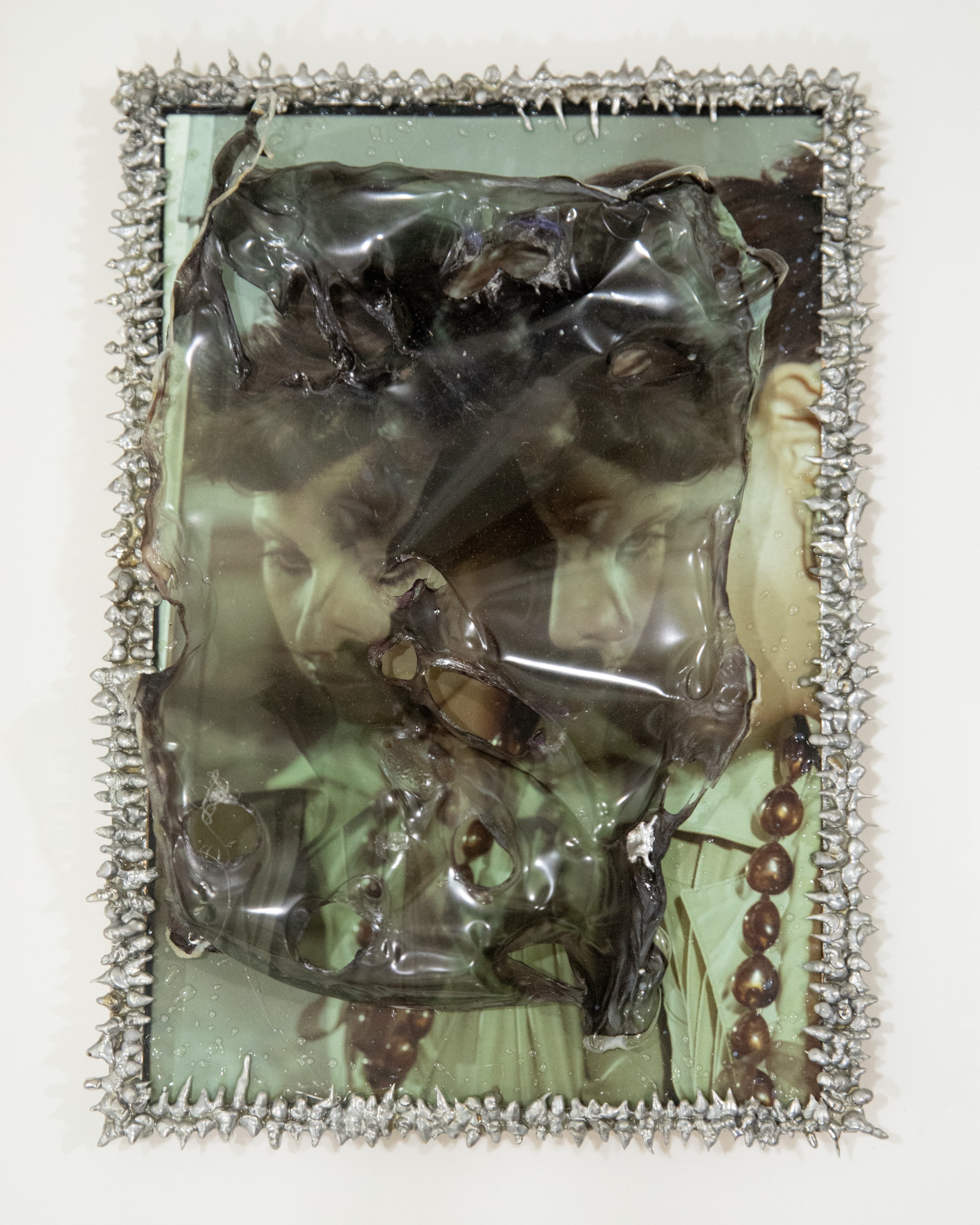
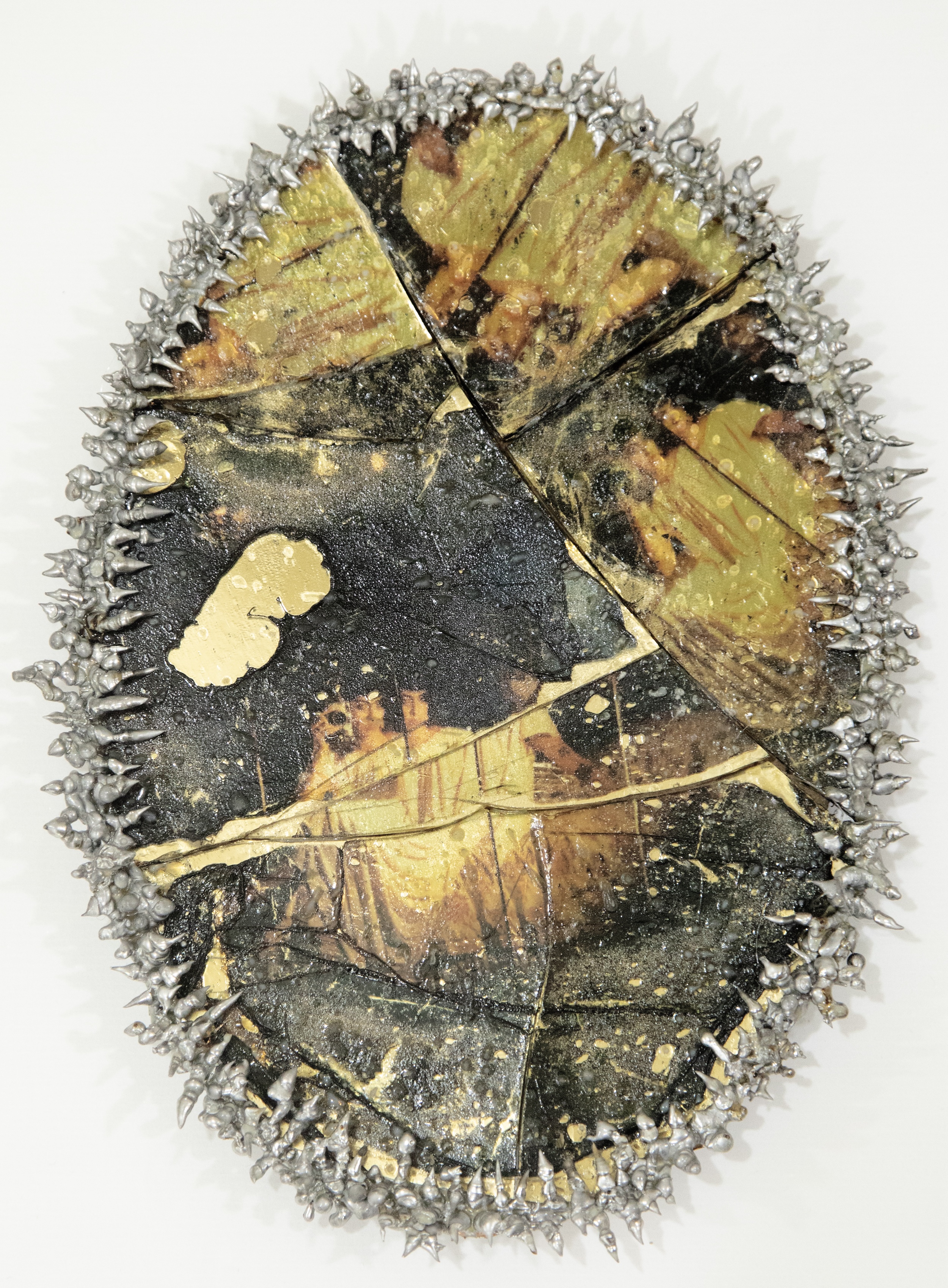
“I also focus on womanhood in the Middle East, exploring the unique challenges, complexities, and strengths that define the experiences of women from my region,” Hilal tells me. “My work reflects the interplay between tradition and modernity, societal expectations and personal identity, capturing the resilience and power that shape the lives of women in the Middle East.”
Working with her hands, Hilal finds the tactile, physical process to be a necessary vehicle of connection to themes, ideas and subjects of exploration. “For me, there is something so intimate about using my hands to shape, manipulate, and transform raw materials,” she explains. “It’s in this hands-on approach, as it allows me to be fully immersed in the process, to feel the texture, weight, and rhythm of the work.” And experimenting with physical art materials means Hilal has to be open to embracing the unpredictability that comes with experimenting, as “it’s through this process that my ideas truly take shape and come to life”.
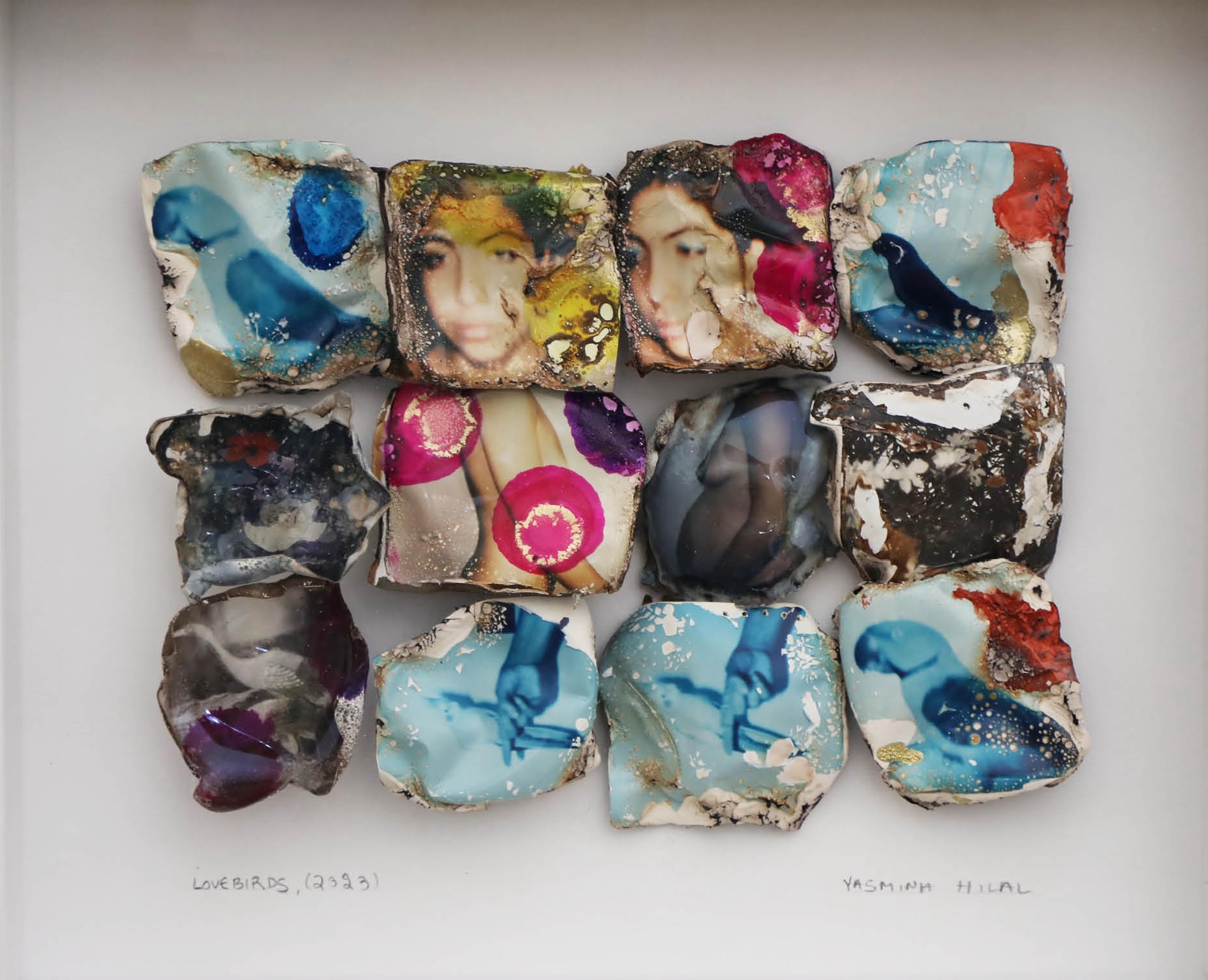
Focusing on creating work has been “incredibly challenging” for Hilal recently. With Israel’s invasion on Beirut and South Lebanon, Hilal says that “being here on the ground, witnessing my country in turmoil, facing the possibility of losing my home or loved ones, and knowing that no one is truly safe is deeply unsettling.” But she says she finds solace in daily visits to her studio: “Creating has become my way of holding onto a sense of normalcy – it’s not just work, but a form of therapy that helps me process and persevere.”
Hilal’s most recent show with the collective Hayaty Diaries in London marks her third time exhibiting with them. The all-female SWANA group, founded in 2022 by Kinzy Diab and Christina Shoucair, showcases contemporary women from the region, and Hilal was the sole lens-based practitioner included in their latest exhibition I forgot what you felt like in November. “It’s a privilege to be part of a collective that not only celebrates creativity but also highlights the strength and voices of women from our region,” says Hilal. She’s currently in the research phase for a project which she hopes to exhibit as a solo show in 2025.
